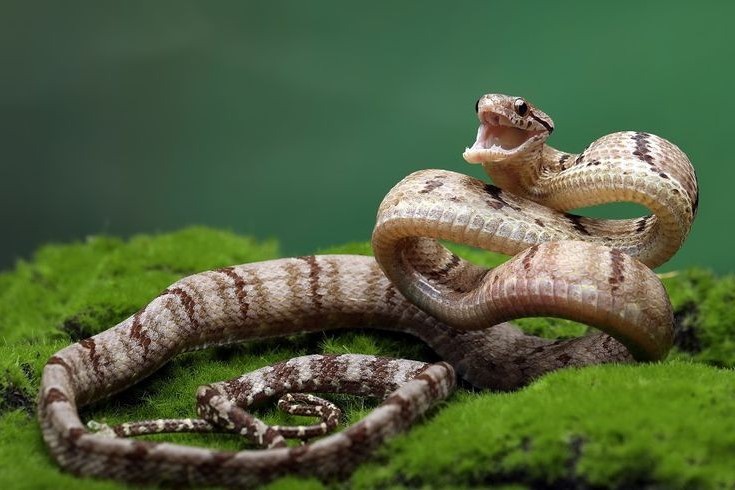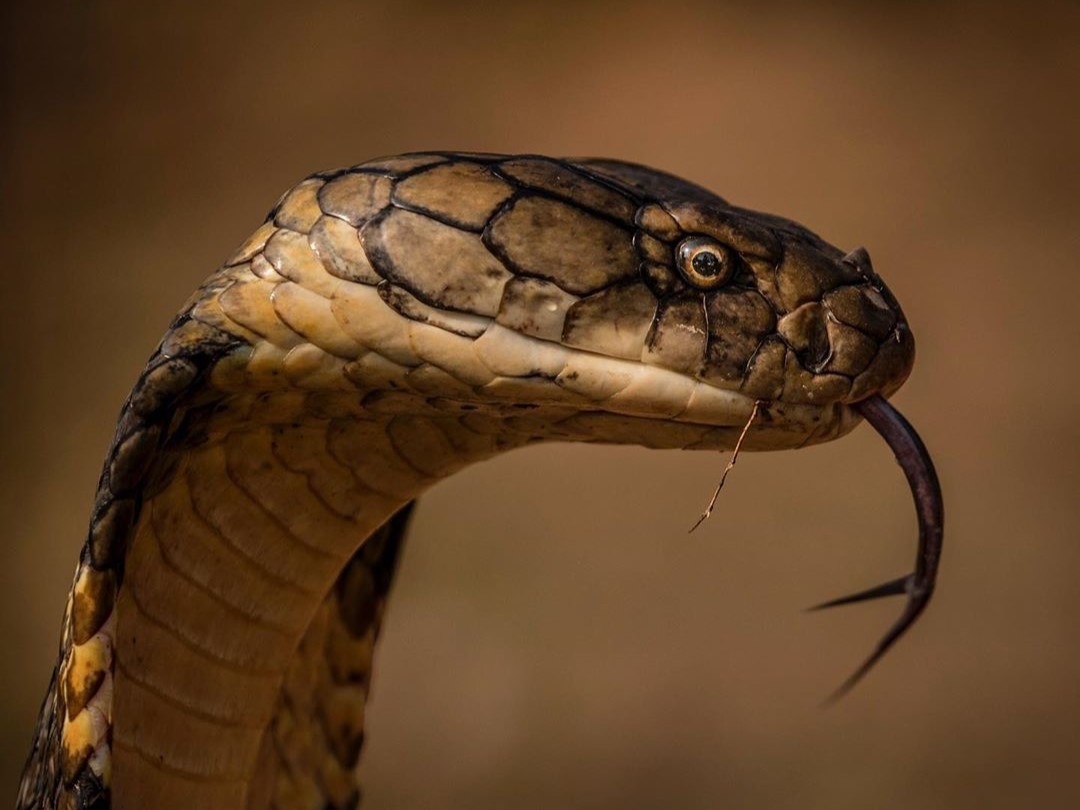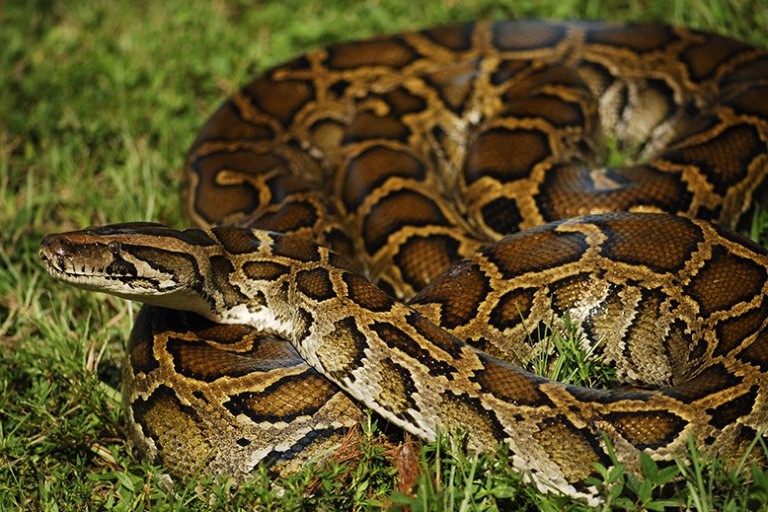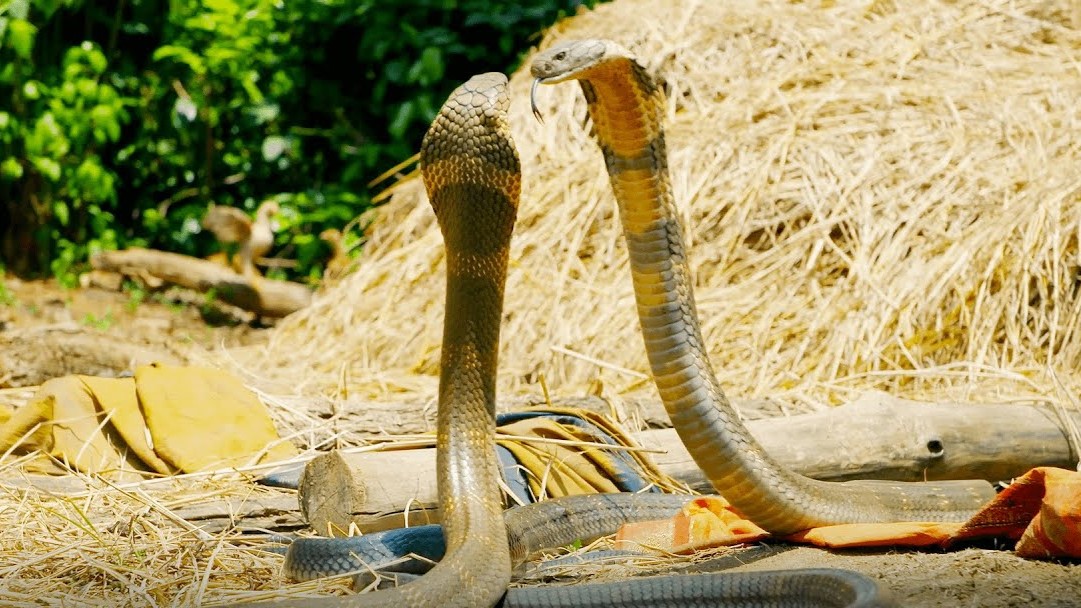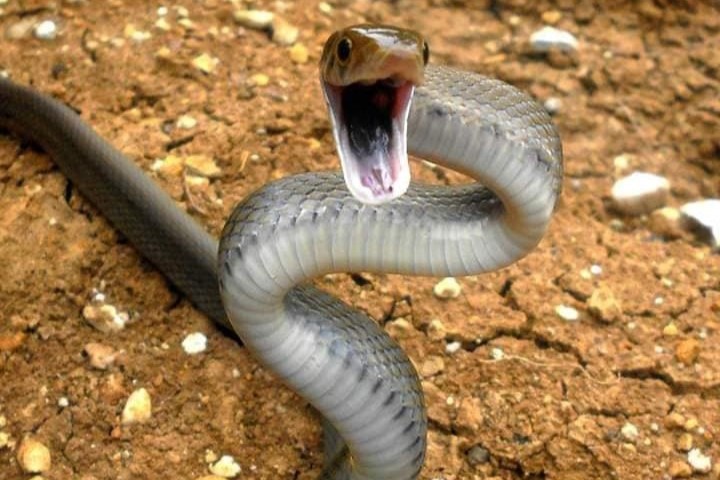Defense Mechanisms
Defense displays by a Cobra species (Naja philippinensis) and the Brown Rat Snake (Coelognathus erythrurus). You
can also notice the difference in body structure.
10 Reasons Why Snakes Are Important For Our Ecosystem
Snakes are one of the most fascinating creatures on earth. They are often misunderstood and feared by many
people. However, snakes play a crucial role in our ecosystem. In this article, we will explore the top 10 reasons
why snakes are important for our ecosystem.
1. Control Pest Populations
Snakes are natural predators of rodents, insects, and other small animals. They help to control the population of
pests, which reduces the need for harmful pesticides. Snakes are especially helpful in agricultural areas, where
pests can cause significant damage to crops.
2. Seed Dispersal
Some species of snakes play a crucial role in seed dispersal. They consume fruits and berries and then disperse
the seeds through their feces. This helps to ensure the survival and growth of many plant species.
3. Food for Other Animals
Snakes are an important source of food for many other animals. Birds of prey, such as hawks and eagles, rely on
snakes as a primary food source. Other animals, such as foxes, coyotes, and raccoons, also feed on snakes.
By
providing food for other animals, snakes help to maintain a healthy balance in our ecosystem. Without snakes,
many animals would struggle to find enough food to survive.
4. Indicator Species
Some species of snakes are considered indicator species. This means that their presence or absence can provide
important information about the health of an ecosystem. For example, if a particular species of snake is absent
from
an area, it may be an indication that the habitat is not suitable for that species. By monitoring the populations
of
indicator species, scientists can gain valuable insights into the health of our ecosystem.
5. Medicinal Value
Snakes have been used in traditional medicine for centuries. Some species of snakes produce venom that has
medicinal properties. For example, the venom of some snake species has been used to treat heart disease, cancer,
and other medical conditions.
While the use of snake venom in medicine is still somewhat controversial,
there
is no denying that snakes have played an important role in the development of many life-saving drugs.
6. Ecotourism
Snakes are a popular attraction for ecotourists. Many people travel to see snakes in their natural habitat, which
can provide a source of income for local communities.
By promoting ecotourism, snakes can help to generate
revenue for conservation efforts and support local economies. This can help to ensure the long-term survival of
snakes and other wildlife.
7. Biodiversity
Snakes are an important part of the biodiversity of our planet. There are over 3,000 species of snakes, each with
its unique characteristics and adaptations. Snakes have evolved to fill many different ecological niches, from
burrowing underground to swimming in water.
By maintaining this diversity, snakes help to ensure the
health
and stability of our ecosystem. Without snakes, our planet would be a much less diverse and interesting place.
8. Cultural Significance
Snakes have played an important role in many cultures throughout history. They have been worshipped as gods,
feared as demons, and revered as symbols of wisdom and healing.
By preserving and protecting snakes, we
can
help to maintain the cultural heritage and traditions of many communities around the world.
9. Scientific Research
Snakes are an important subject of scientific research. They have been studied for their physiology, behavior,
and genetics, among other things. Snakes have also been used as model organisms for studying a wide range of
biological processes.
Through scientific research, we can gain a better understanding of the role that
snakes
play in our ecosystem and their importance for human health.
10. Education
Snakes are a fascinating and often misunderstood group of animals. By educating people about snakes, we can help
to dispel myths and misunderstandings and promote greater appreciation and respect for these important creatures.
By teaching people about the importance of snakes for our ecosystem, we can help to inspire the next
generation of conservationists and environmental stewards.
In conclusion, snakes are an important part of
our
ecosystem. They play a crucial role in controlling pest populations, seed dispersal, providing food for other
animals, and maintaining biodiversity. By protecting and preserving snakes, we can ensure the health and stability
of our planet for generations to come.


